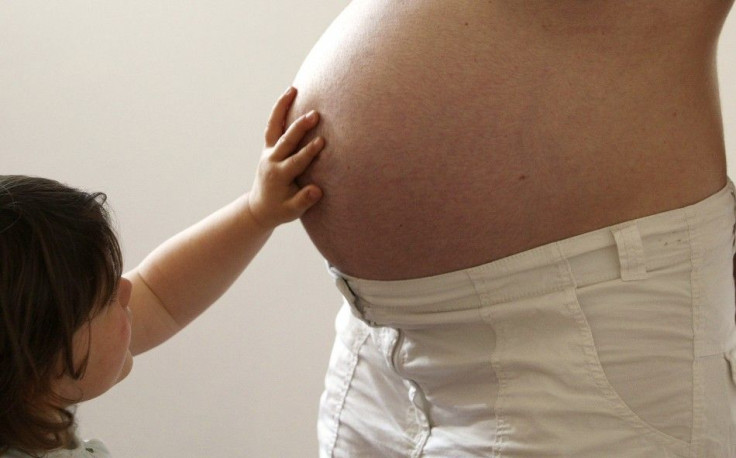C-Sections Rise to an All-Time High of One in Three Births

More than one in three births in the U.S. are now delivered by C-section, which is an all time high and an increased of 25 percent over seven years, according to a new study.
Based on data from 19 U.S. states, C-section, or Cesarean, deliveries shot up from 27 percent of all births when HealthGrades began the study in 2002 compared to 34 percent in 2009. Experts attributed the reasons to convenience, risk factors, fertility treatment increase and general attitudes.
The study, entitled HealthGrades 2011 Obstetrics and Gynecology in American Hospitals, noted that the states with the highest rates were Texas, New Jersey and Florida while Utah, Colorado and Wisconsin as the lowest.
C-sections are rising, and there needs to be a little bit more scrutiny from the person who is having the C-section as well as doctors and hospitals, said Divya Cantor, MD, MBA and HealthGrades Senior Physician Consultant.
Many complications can arise from a C-section delivery including blood clots, excessive bleeding, infection, longer recovery time and injury to the bladder, uterus or bowel, according to the report. The most common in hospital complications stemming from C-section deliveries were hemorrhages, postpartum infections and wounds and complications related to anesthesia.
Doctors need to better understand when a C-section is called for, Cantor said. She also noted that patients need more awareness regarding the risks of C-sections.
The report states that C-Section deliveries, executed by making an incision into both the abdominal and uterus cavity, are most suitable when vaginal delivery puts the health of the woman or child at risk.
However, the study shows that a national trend has spread popularizing C-section births. The reasons cited by the study include, but are not limited to:
- Common labor practices that can increase the likelihood of needing a C-section, such as induction of labor or having an epidural early in labor
- Convenience in delivery timing for the provider or the mother
- Increase in maternal age, which increases the risk for complications during pregnancy and delivery
- Increase in maternal risk factors, such as obesity and diabetes
- Increase in number of women who have multiple births (e.g., twins, triplets), sometimes due to the increase in fertility treatments associated with advancing age for first time mothers
- Increasing willingness of physicians to perform C-sections
- Limited understanding by the mother of the potentially serious complications of C-section
- Maternal-requested C-sections
- Physician fear of malpractice claims if they do not perform a C-section
- Established physician practice patterns
The Joint Commission and the Agency for Healthcare Research and Quality noted that no data is evident that points to higher outcome rates involving C-section births, though the rate continues to rise exponentially since the rate was first measured in 1965 at 4.5 percent, or about 1 in 20 births.
While the rates of C-Section births increase, the amount of hysterectomies performed since 2002 has declined by 31 percent, or nearly one third. Hysterectomies, or the surgical removal of the uterus to treat diseases or disorders, were the most common gynecological procedure in 2009 accounting for 79 percent of all inpatient surgeries.
HealthGrades, an independent health care ratings organization, also rated the obstetrical and gynecological quality in the hospitals of the 19 states studied using a five star scale, taking into account neonatal mortality rates, complications and overall performance. The results and rates are available to the public on the company's website.
© Copyright IBTimes 2025. All rights reserved.






















